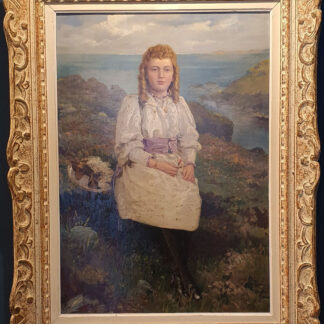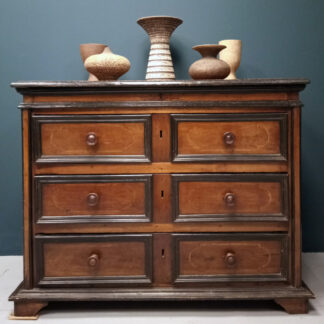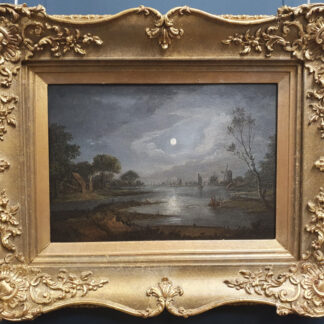Description
A cassone (plural cassoni) or marriage chest is a rich and showy Italian type of chest, which may be inlaid or carved, and was one of the trophy furnishings of rich merchants and aristocrats in Italian culture, from the Late Middle Ages onward. The cassone was the most important piece of furniture of that time and given to a bride during her wedding and placed in the bridal suite.
Since a cassone contained the personal goods of the bride, it was a natural vehicle for carved and painted decoration commemorating the marriage in heraldry and allegory. Great Florentine artists of the 15th century were called upon to decorate cassoni, though as Vasari noted, by his time in the 16th century, artists thought such work beneath them. Some Tuscan artists in Siena and Florence specialized in such cassone panels, which were preserved as autonomous works of art by 19th century collectors and dealers, who sometimes discarded the cassone itself.
A typical place for such a cassone was in a chamber at the foot of a bed that was enclosed in curtains. Such a situation is a familiar setting for depictions of the Annunciation or the Visitation of St. Anne to the Virgin Mary. A cassone was largely immovable. In a culture where chairs were reserved for important personages, often pillows scattered upon the floor of a chamber provided informal seating, and a cassone could provide both a backrest and a table surface.
At the end of the 15th century, a new classicising style arose, and early Renaissance cassoni of central and northern Italy were carved and partly gilded, and given classical décor, with panels flanked by fluted corner pilasters, under friezes and cornices, or with sculptural panels in high or low relief. Some early to mid-sixteenth-century cassoni drew their inspiration from Roman sarcophagi.






Reviews
There are no reviews yet.